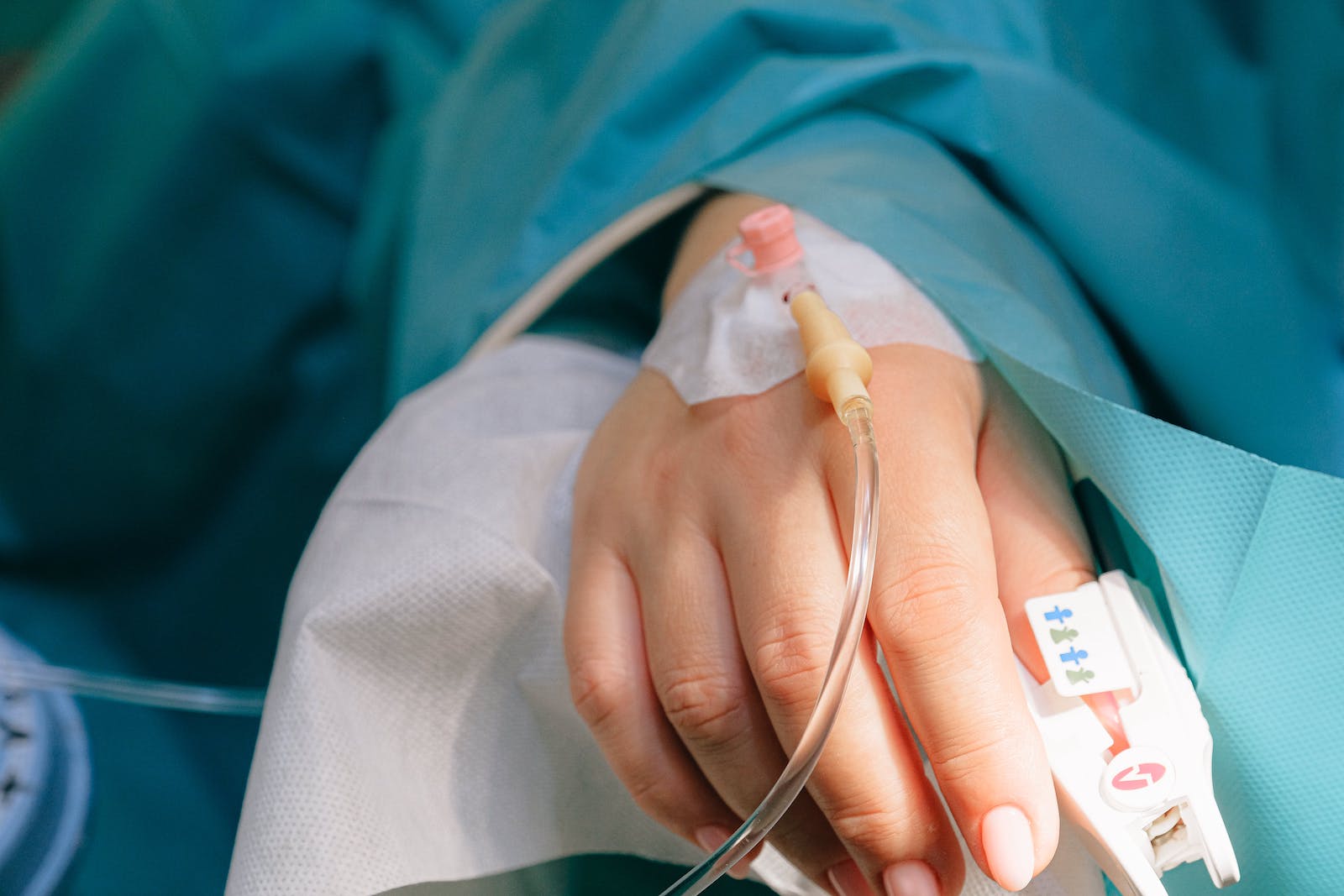Welcome to the Intensive Care Unit
Fully Staffed, All the Time

Welcome to the Intensive Care Unit.
This is not a place you plan to visit. You may be surprised to find yourself here. But if you are really sick, this is the place to be. Your local intensive care unit is fully staffed, all the time.
Critical care medicine is care for unstable patients with physical ailments. It is for patients with blood pressure that is so low that they would have passed out if it were not for the medications to keep blood flowing to vital organs; for patients who are struggling to breath such that they now require a machine to breathe for them; for patients after emergency surgery for severe trauma and have multiple organ injuries.
Being able to breathe for someone by using a machine is the game changer that created critical care medicine. The main goal in critical care medicine is to provide life support which then adds time for medications to work and the body to heal. These breathing machines provide oxygen and remove carbon dioxide to those who can no longer breathe on their own. Sometimes a patient has severe lung injury from infection such as the COVID -19 virus or inflammation from an underlying systemic disease such as Lupus Erythematosus. Perhaps progression of an underlying lung disease or an adverse medication reaction causes the lung injury. Sometimes the lung was not the primary organ failure. Instead, an overwhelming infection or injury of a different organ has caused such weakness that the respiratory muscles fail or the lungs get flooded with thick fluid when injured blood vessels become leaky.
The first breathing machines were crude devices from the 1890s which later became the iron lung. The iron lung was used in the 1950s for polio patients who developed respiratory muscle paralysis because the Polio Virus infection damaged the respiratory muscle nerves. The modern ICU started in the 1960s in Los Angeles, just down the highway from us, at the L.A. County/USC Medical Center. Once the computerized ventilator was available in the 1970’s, the technology quickly spread.
Who are the ICU staff?
A modern ICU team is made up of nurses, physicians, pharmacists, care support technicians, clergy and spiritual care providers, social workers, respiratory care technicians, physical and occupational therapists, and speech therapists.
An ICU patient generally stays in one place while specialty consultants, medications, treatments, therapy, and diagnostic machines swirl around them. A trip to the radiology department or the operating room requires a small army of escorts. It is a dance carefully choreographed by their critical care nurse.
Often, each ICU patient has multiple diagnoses and their care generates pages of data. As a result, their providers gather at the bedside both at planned intervals and for emergency assessments day and night in order to focus on the big picture by parsing the minutiae.
The ICU is a complex and, even, graceful place.
Diagnoses are made, treatment plans are deployed, but not everyone leaves the ICU alive. Whatever the outcome, our goal is to prioritize peace and dignity precisely in the moments when each patient has the least amount of control.
